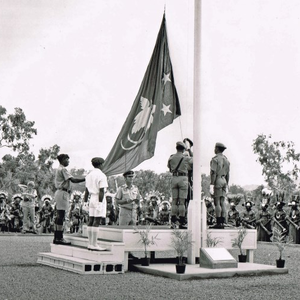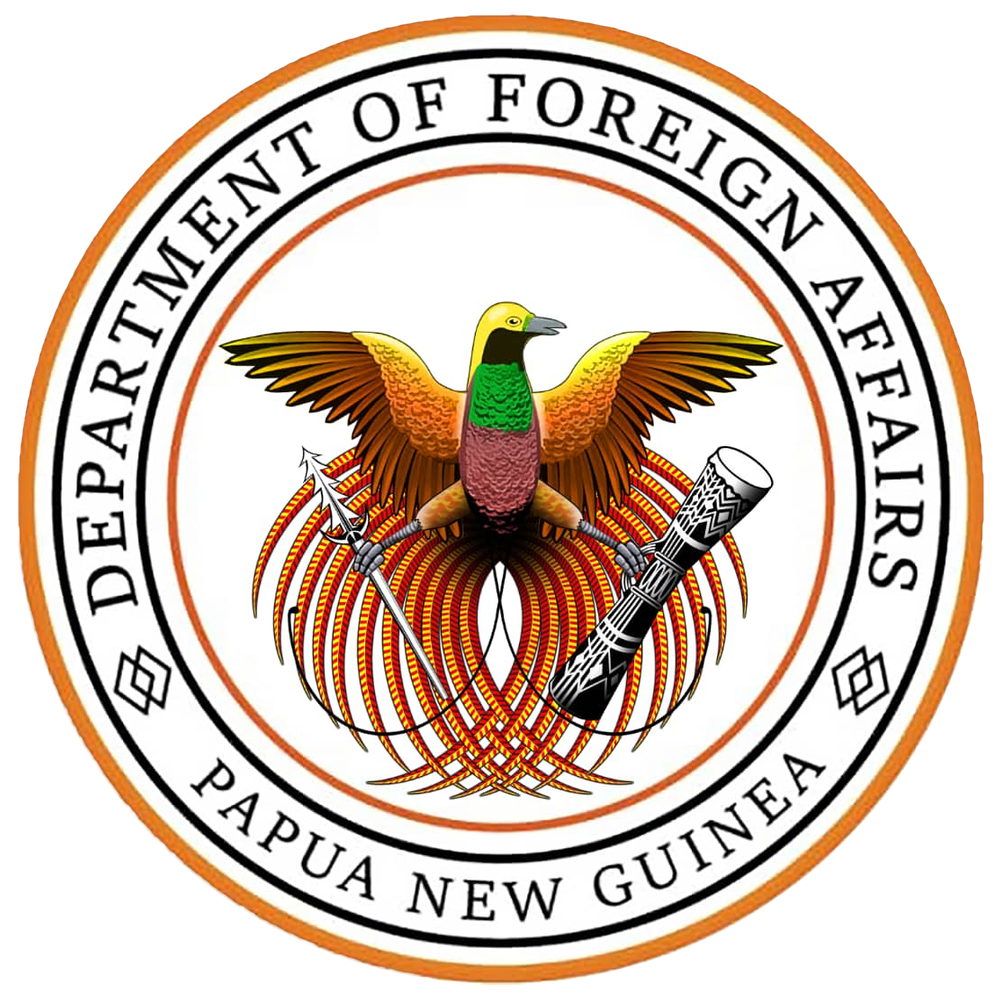About PNG: Settlement Patterns
Papua New Guinea's (PNG) population settlement patterns reflect the nation's diverse landscapes, cultural heritage, and historical influences. The Highlands region, located centrally, is known for its dense population, with fertile valleys hosting traditional farming communities structured around extended family units. This region's temperate climate makes it conducive to agriculture, contributing to its significance as an economic and cultural hub.
Coastal areas and islands, such as Madang and East New Britain, present a blend of rural and urban settlements. Coastal communities engage in thriving fishing practices, while towns serve as vital centers for trade and commerce. PNG's capital, Port Moresby, situated on the southern coast, is the largest city and a key administrative and economic center, showcasing the country's urbanization trends and challenges.
Unique settlement patterns emerge along riverine areas, notably the Sepik River, where communities practice fishing and agriculture. These riverine settlements, often accessible only by water, exhibit distinct cultural practices and contribute to the country's rich cultural diversity.
The impact of traditional land tenure systems is evident in settlement practices throughout PNG. Land ownership is typically communal, held by clans, and settlement patterns are intricately tied to traditional land-use practices. The rotational agriculture and land inheritance systems shape the ways in which communities inhabit and utilize their surroundings.
While urbanization is occurring, PNG still maintains predominantly rural areas, and some communities in remote mountainous regions practice nomadic or semi-nomadic lifestyles. Government initiatives, including rural development programs, aim to address disparities in settlement patterns by improving infrastructure, education, and healthcare in these rural areas, contributing to a more equitable distribution of resources and opportunities across the diverse landscapes of Papua New Guinea.

